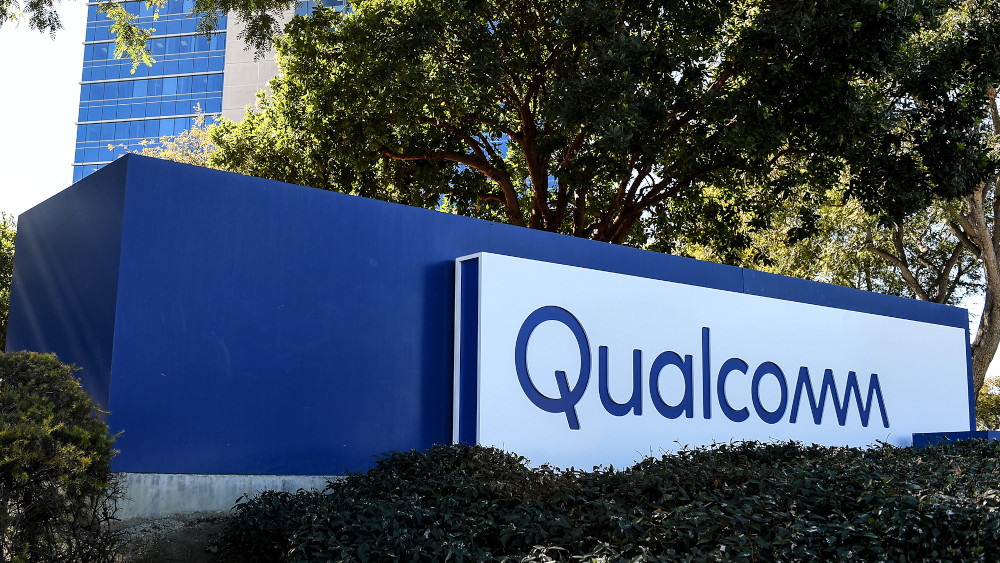 AI
AI
 AI
AI
 AI
AI
Qualcomm Technologies Inc. today introduced a pair of artificial intelligence chips designed for use in data centers.
Shares of the company jumped more than 15% on the news at one point. Its stock is currently up about 11%.
The two new chips, the AI200 and AI250, will be sold as part of accelerator cards that can be plugged into servers. Qualcomm says the processors are geared toward inference use cases that prioritize cost-efficiency. According to the company, the chips will provide that cost-efficiency in the form of “high performance per dollar per watt.”
Qualcomm didn’t disclose how much power the accelerators will use or what processing speeds they are expected to provide. However, the company did specify that they’re based on its Hexagon architecture. The architecture underpins the neural processing units that Qualcomm ships with its consumer systems-on-chip.
A Hexagon-based NPU can be found in, among other products, the company’s flagship Snapdragon 8 Elite Gen 5 smartphone processor. The chip is made using a three-nanometer manufacturing process. Its NPU includes 20 cores based on three different designs that can process up to 220 tokens per second.
Qualcomm has also integrated Hexagon into its connected device chips. Last year, the company introduced an NPU-equipped processor designed to power Wi-Fi routers. The built-in NPU can run local AI models optimized for tasks such as filtering malicious network traffic and optimizing routers’ power usage.
Qualcomm’s new AI200 and AI250 chips likely have a significantly higher core count than its consumer NPUs. Nvidia Corp.’s Blackwell Ultra includes over 20,000 cores, or about 1,000 times more than the NPU in the Snapdragon 8 Elite Gen 5.
The AI200, the less advanced of Qualcomm’s AI chips, offers 768 gigabytes of LPDDR memory. LPDDR is a type of RAM used mainly in mobile devices. It consumes less power than the DDR5 memory found in servers and provides lower memory bandwidth. Memory bandwidth, which determines how fast data moves between a chip’s cores and the attached RAM, heavily influences AI models’ inference speeds.
Qualcomm says the AI250 will offer more than 10 times the memory bandwidth of the AI200. It’s possible the chipmaker plans to achieve that speedup by swapping the AI200’s relatively slow LPDDR memory with a more performant RAM variety. One candidate is HBM memory, which is widely used in data center AI processors.
The company disclosed that the AI250 and AI200 will include a confidential computing feature. The technology, which is also supported by Nvidia’s Blackwell Ultra, splits the memory of an AI chip into multiple encrypted sections. Only the application that uses a given memory section can read its contents.
Qualcomm plans to ship its AI chips as part of water-cooled compute racks. The appliances use PCIe to link together their internal components and Ethernet to provide connectivity between systems.
It’s possible the racks will include the server-grade central processing units that Qualcomm is currently developing. Alongside machine learning accelerators, AI appliances include CPUs that manage general-purpose computing tasks such as running the operating system. Nvidia already ships its rack-scale DGX AI appliances with internally-developed CPUs.
Qualcomm will launch the AI200 and AI250 in 2026 and 2027, respectively. The company plans to refresh its data center AI processor lineup annually going forward.
Support our mission to keep content open and free by engaging with theCUBE community. Join theCUBE’s Alumni Trust Network, where technology leaders connect, share intelligence and create opportunities.
Founded by tech visionaries John Furrier and Dave Vellante, SiliconANGLE Media has built a dynamic ecosystem of industry-leading digital media brands that reach 15+ million elite tech professionals. Our new proprietary theCUBE AI Video Cloud is breaking ground in audience interaction, leveraging theCUBEai.com neural network to help technology companies make data-driven decisions and stay at the forefront of industry conversations.